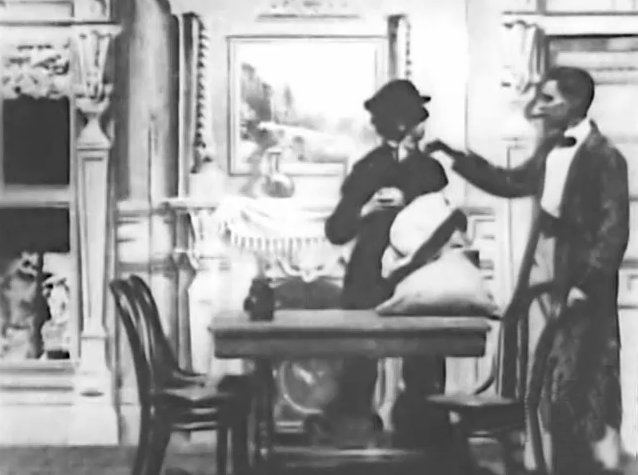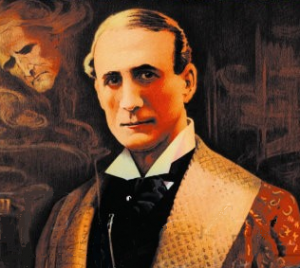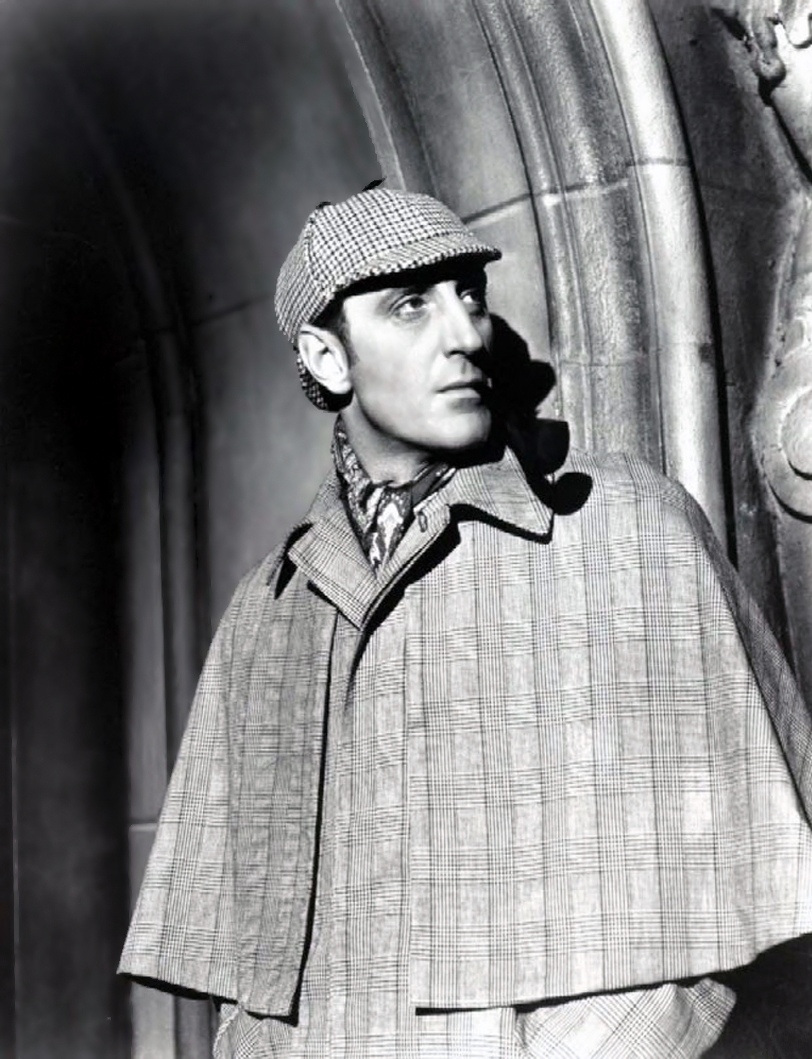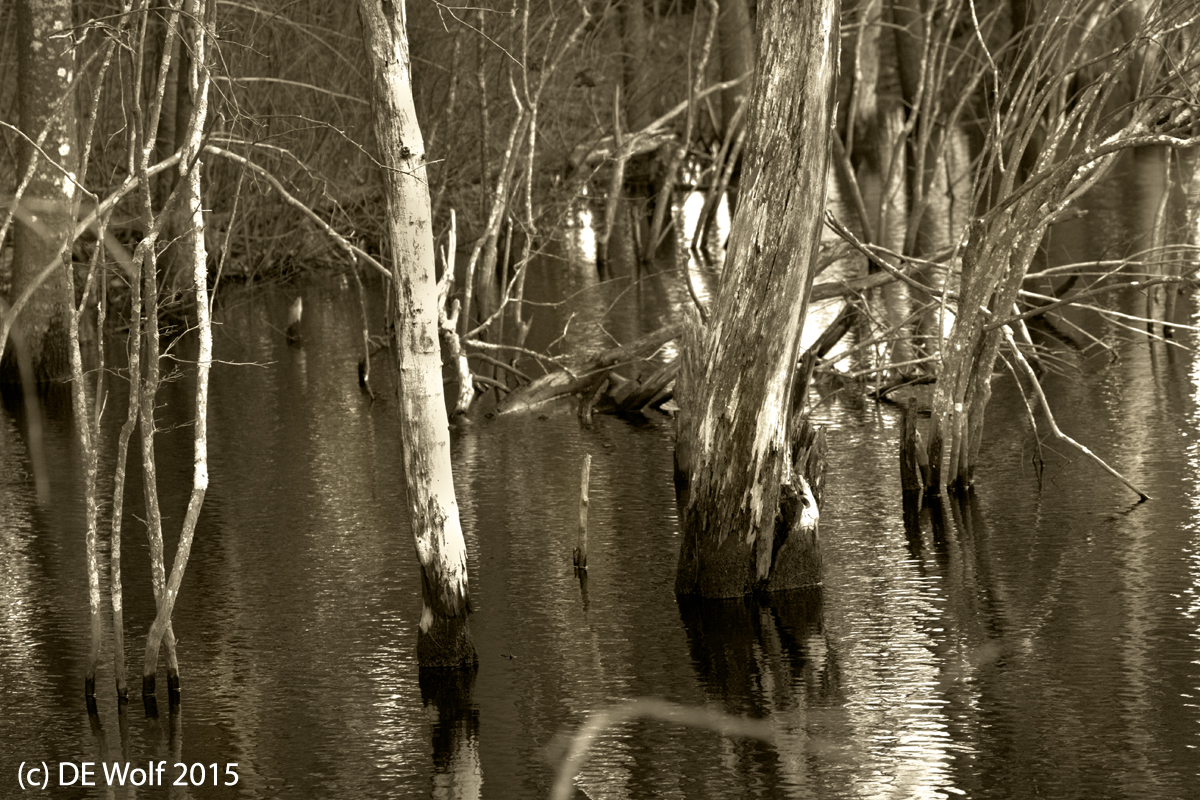
Figure 1 – Holmes’ first appearence in film in Sherlock Holmes Baffled 1903, American Mutograph and Biograph Company, from the Wikimediacommons and in the public domain because of its age.
I have to admit that last week, on New Years Eve, I snuggled up beneath the blankets and turned on PBS to watch Jeremy Brett(1933-1995) as Sherlock Holmes and got Live from Lincoln Center instead. Hmm, far be it for me to question the knowing gnomes at PBS, who read my mind and think like me in kind – I feverishly await the return of Downton Abbey. However, as I swung to the rhythm of George Gershwin, my mind kept going back to Holmes and I started searching for images.

Figure 2 – Theatre poster of H. A. Saintsbury as Sherlock Holmes.
There is a different Holmes for each generation and that is very much to the point. Despite the fact that if you return to the original stories you will find that there is a common thread of prejudice in each one. You’ve got your anti-Semitic story, your anti-Mormon story, your anti-Indian story, and your I don’t like much of anybody story. God bless the Victorians and Edwardians! Did I mention the recurrent theme of misogyny? “Quick, Watson, the needle.” But I digress. This is not the point. Everybody (well maybe not my wife) loves Sherlock. Indeed, when asked which fictional character she would want to date Margaret Atwood was very recently reported as saying: “I fancy Sherlock Holmes, but he doesn’t date much, and anyway the date would be interrupted because he would have to rush off in the middle of it to trap some criminal.”
Holmes, who first appeared in print in 1887 and ultimately was featured in four novels and 56 short stories. The events in the stories take place from about 1880 to 1914. And so, Holmes is reinvented in each generation, which you know is really quite wonderful. And friends, this is the stuff that memes are made on. So I did some investigating about Holmes as a meme. While my interest is the photographic it seems only right to point out that photgraphic and cinematographic image that we have of Holmes derives from Sidney Paget‘s (1860-1908) original illustrations of Holmes. The elements are all there in Paget’s drawings.
According to the Guinness Book of World Records Holmes is the most portrayed movie character with more than 70 actors having played the part in, get this, over 200 films. The story begins with his first screen appearance in the 1900 Mutoscope film, Sherlock Holmes Baffled. And curiously, it would require a modern day Holmes to figure out who exactly portrayed Homes in that brief film. But that Holmes smoked a cigar and is, well baffled, by the perp.
William Gillette (1853-1937) in 1899 played Holmes in The Strange Case of Miss Faulkner, a synthesis of four of Conan Doyle’s stories. It was Gillette who introduced the well known phrase “Elementary, my dear Watson.” Harry Arthur Saintsbury took over the lead and by 1916 had played Holmes on stage more than a thousand times.This play ultimately formed the basis for Gillette’s 1916 film, Sherlock Holmes. And it was there that Gillette dramatically introduced Holmes’s signature curved pipe. Meme in the making!
For my generation Sherlock Holmes was the great british actor and film star Basil Rathbone with the equally great Nigel Bruce as Watson. And there the meme is mature, deerstalker pipe and all. This was the stuff that cold Saturday afternoon black and white television was made of. This was my first introduction to the Hound of the Baskerville’s – very spooky stuff indeed. I was only a bit skeptical when Holmes leaped forward thirty years from his own era to do battle with Nazis in “Sherlock Holmes and the Voice of Terror.” But, of course, Holmes has gone and come and I can guarantee will continue to come in the future in a myriad of incarnations. Such is his wonderful timelessness. And if there is a time machine to be found this forensic genius and skeptic, who in the Adventure of the Sussex Vampire assures us that he does not believe in vampires, will find it.

Figure – Basil Rathbone as Homes. Image from the Wikimediacommons, uploaded by SchroCat and in the public domain.






